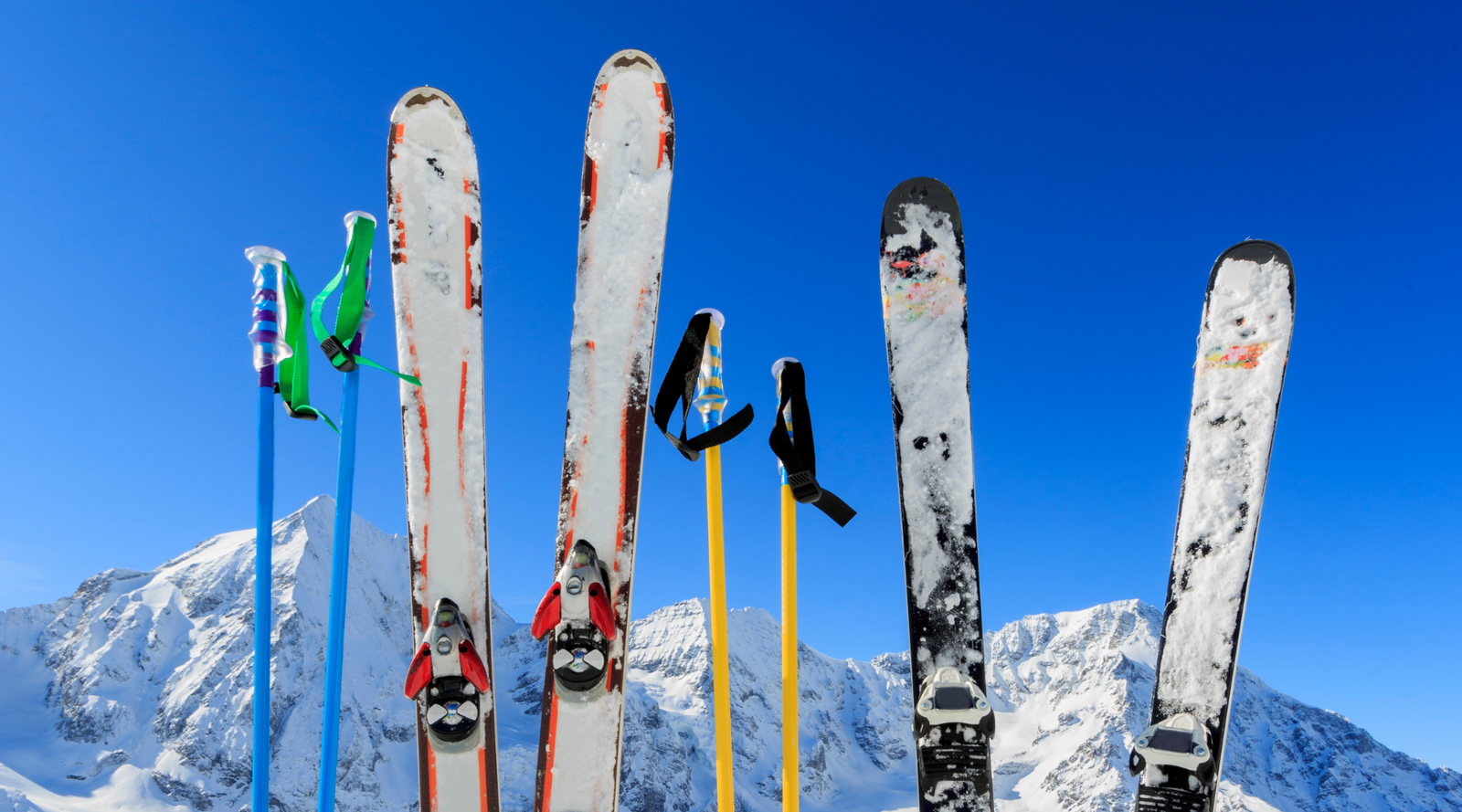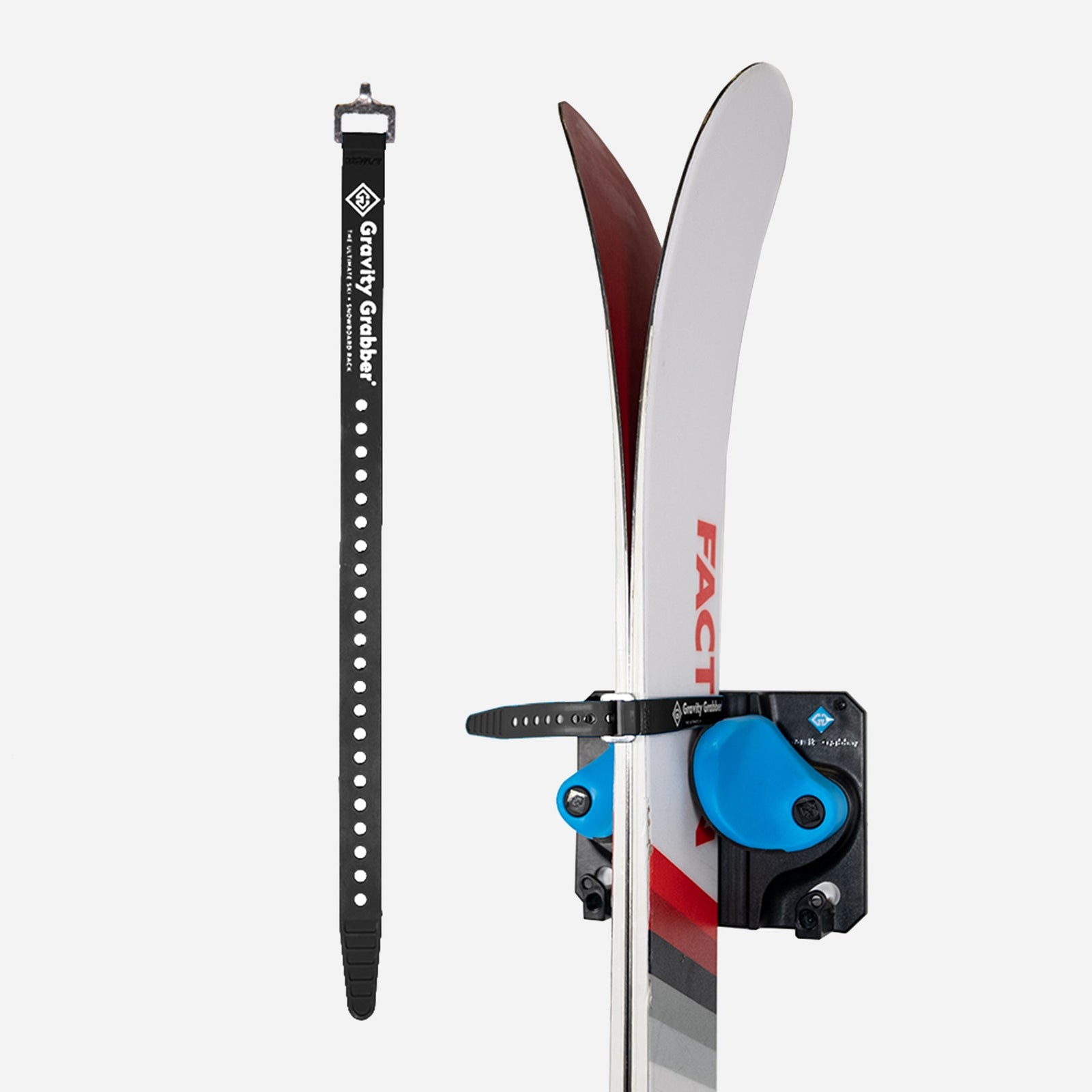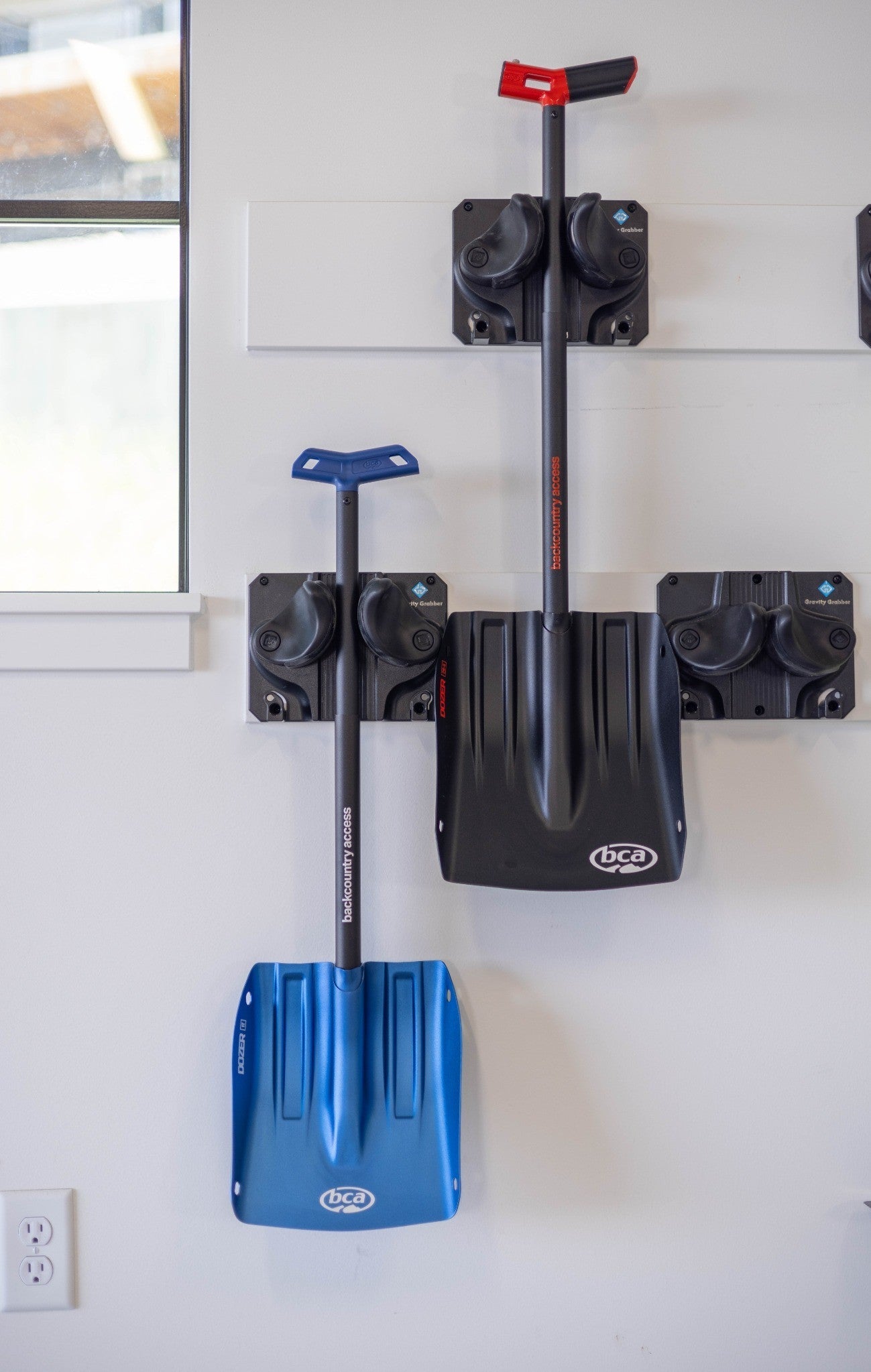Ski technology has evolved dramatically over the years, with innovations designed to improve performance in different snow conditions. One of the most significant advancements isski rocker, a feature that has transformed how skis handle on powder, groomers, and mixed terrain. Butwhat is rocker on a ski, and how does it impact your skiing experience? Whether you're new to skiing or looking to refine your gear selection, understanding rocker can help you choose the perfect ski for your needs.
What Is Rocker on a Ski?
Rocker refers to the curvature of a ski’s profile when viewed from the side. Traditionally, skis featuredcamber, a design where the middle of the ski arches upward while the tips and tails make contact with the snow. Rocker, on the other hand, is the opposite—the tips (and sometimes tails) of the ski rise off the snow earlier, creating a more curved shape.
The main purpose of ski rocker is to improve floatation in powder, enhance maneuverability, and make turning easier in various snow conditions. The amount and style of rocker can vary, creating different profiles suited for different skiing styles.
Types of Ski Rocker Profiles
Not all rocker designs are the same. Depending on how much rocker is incorporated and where it's placed, different ski profiles emerge, each with its own advantages.
1. Full Camber (Traditional Shape)
-
Features an upward arch in the middle of the ski, with contact points near the tip and tail.
-
Providesmaximum edge grip, stability, and energy return on groomed runs.
-
Best for skiers who prioritize precision and speed on hardpack or icy conditions.
2. Tip Rocker (Early Rise Tip)
-
The front of the ski rises earlier, while the rest of the ski maintains camber.
-
Improvesturn initiation and floatation in powder while maintaining edge grip.
-
Ideal forall-mountain skiers who want versatility across different terrains.
3. Full Rocker (Reverse Camber)
-
The entire ski curves upward, reducing edge contact with the snow.
-
Providessuperior floatation in deep powder but sacrifices some stability on hardpack.
-
Often found inpowder and freeride skis, allowing for easier maneuverability in deep snow.
4. Rocker-Camber-Rocker
-
A combination of camber underfoot for edge hold, with rocker at the tip and tail for maneuverability.
-
Balancesstability, control, and playfulness, making it one of the most common modern ski profiles.
-
Works well forall-mountain and freestyle skiers who need adaptability in various conditions.
How Rocker Affects Ski Performance
The amount of rocker in a ski directly influences how it handles on the mountain. Here’s how rocker impacts different aspects of skiing:
-
Turn Initiation – Rockered tips make it easier to engage turns, reducing effort and improving agility.
-
Powder Performance – More rocker = better floatation in deep snow by keeping the ski tips from diving.
-
Edge Grip – While camber provides strong edge hold, excessive rocker can reduce grip on hard snow.
-
Playfulness & Maneuverability – Rockered skis feel looser and more playful, great for freestyle and backcountry skiing.
-
Stability at Speed – Camber is better for speed and precision, while full rocker skis can feel less stable on hardpack.
Which Rocker Profile Is Best for You?
Choosing the right rocker profile depends on your preferred terrain and skiing style:
-
If you ski mostly groomers and hardpack: Afull camber ortip rocker ski will provide the best stability and edge grip.
-
If you ski powder and off-piste: Afull rocker orrocker-camber-rocker ski will improve floatation and maneuverability.
-
If you want versatility: Arocker-camber-rocker ski is the best balance for mixed conditions.
Final Thoughts on Ski Rocker
Understandingwhat rocker is on a ski helps skiers make informed decisions when selecting gear. Whether you're carving down groomers, exploring backcountry powder, or hitting jumps in the terrain park, the right rocker profile can enhance your experience. By choosing a ski with the right balance of camber and rocker, you’ll be able to maximize performance and enjoy every run to its fullest.




